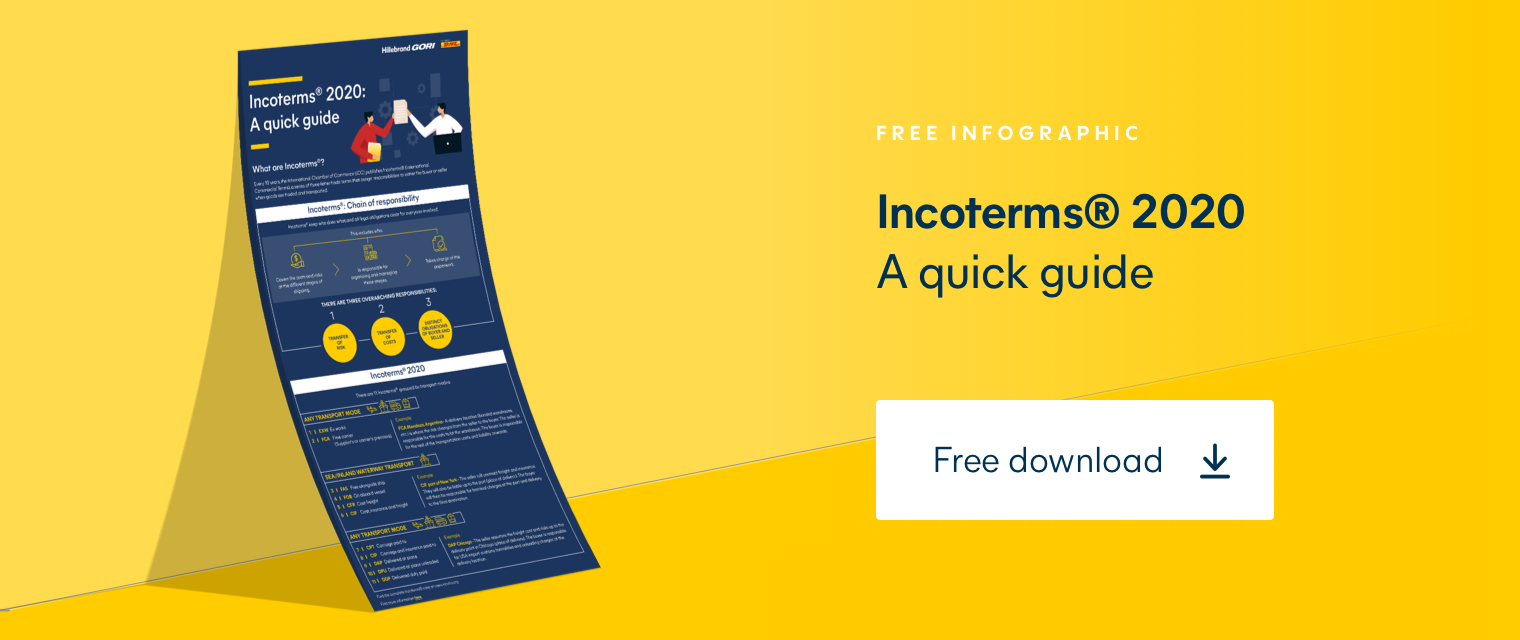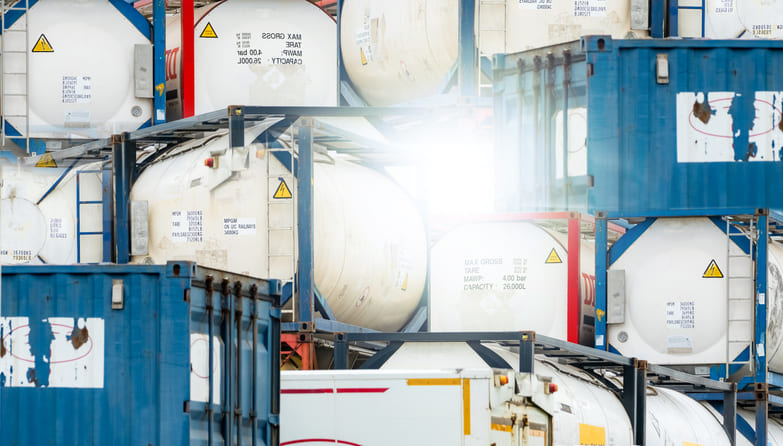The complete guide to cross docking
Ensuring your supply chain is fast and efficient is vital for the success and growth of your wine importation business. Cross-docking is one supply chain management strategy you can use to help cut costs and remain competitive, by optimizing your delivery frequency and order quantity, and reducing the need of warehousing within your distribution network. As a wine importer, getting to know this time and cost-saving logistics practice is therefore well worth your time.
What is cross-docking?
Cross-docking is a logistics technique that involves unloading goods from incoming vehicles and loading them directly onto outbound vehicles for delivery, with no storage time in between. The name cross-docking refers to the process of moving products from an inbound dock door to an outbound dock door.
For wine vendors, cross-docking:
- Reduces costs
- Improves efficiency
- Cuts handling times
- Eliminates the need for long-term storage and;
- Allows you to adapt to the changing needs in your supply chain, such as packaging formats and delivery vehicles.
When is cross-docking most useful?
Cross-docking may be done to change the type of transportation, or to sort products , en route for different destinations. It can also be used to combine multiple shipments into vehicles or containers traveling in the same direction. In the wine and alcoholic beverage industry, cross-docking is useful for streamlining supply chains and getting wine to market quickly and efficiently, by minimizing warehouse storage time and costs. In doing so, cross-docking also reduces the amount of handling required, lowering the risk of damage to wine bottles.
One of the ways that cross-docking can be most effective is when it is used to consolidate multiple smaller shipments into one transport mode to save on transport costs.
What are the key benefits of cross-docking?
Cross-docking reduces the need for warehousing and improves supply chain efficiency. It allows wine shippers to reduce the time it takes for the wine to reach buyers and minimize storage expenses. Some of the benefits of cross-docking are:
- Reduced lead times thanks to reduced delivery times
- Lower handling and transportation costs, because cross-docking allows you to consolidate smaller wine shipments into a single larger load, allowing wine from multiple suppliers to be sent in the same container. This consolidating service, also known as groupage, helps to reduce shipping costs and carbon emissions.
- Faster order fulfillment, meaning wine vendors can process and ship orders to customers faster, bypassing time-consuming handling and scanning of inventory for warehousing. Faster order fulfillment also reduces costs.
- Ability to keep a light inventory meaning lower inventory costs due to minimizing the time products spend in storage, cross-docking significantly reduces the need for long-term warehousing and the associated costs.
- Reduced warehousing costs by cutting down on costly and time-consuming warehousing operations.
These benefits add up to greater supply chain accuracy and flexibility, with reduced handling and time spent in storage. This agility is especially important for wine, which, as a delicate and perishable product, requires careful handling and precise storage conditions. However, cross-docking isn’t suitable for every shipment or transport route, and there are some disadvantages to be aware of.
What are the disadvantages of cross-docking?
While cross-docking can be a very effective way to reduce warehousing time,costs, and cut down on the handling of delicate wine products, it does have some disadvantages. These include:
- More complex planning: wines require minimal handling and a carefully coordinated transport journey. Despite the benefits of cross-docking incoming goods to outgoing vehicles, more detailed planning is needed compared to direct shipping. Coordinating shipments and managing inventory without long term storage can be a complex and time-consuming process, but enlisting the help of a specialist freight forwarder and management tools can make it far easier.
- Additional costs: cross-docking can be a cost-effective way to reduce costs long term, but the service does have some costs of its own. Cross-docking fees are charged for moving your products from one vehicle to another with no storage time in between. The cost of this service can depend on the handling required, transportation mode, and requirements of the shipment.
There are various ways to overcome these challenges. This includes using supply chain management technology to monitor, manage, and track supply chain processes accurately, and even automate the transfer of data. Working with experts who are able to navigate the complexities of shipping and handling wine products to make your supply chain more efficient can be helpful too.
How does cross-docking work?
Today’s cross-docking strategies typically involve the use of tracking and other data to help manage your shipment, including Electronic Data Interchange tools and real-time tracking solutions. While the exact process may vary on different routes, cross-docking usually involves the following steps:
- Step 1 - receiving: pallets of wine are shipped by exporters and received at a dedicated docking terminal in a warehouse. If you’re working with us, this will be a Hillebrand Gori warehouse that is temperature controlled.
- Step 2 - reworking: the inbound pallets are sorted according to their final destinations.
- Step 3 - reworking: the staging process comes next, and includes labeling and packing products, and adding them to pallets.
- Step 4 - staging: The sorted wine pallets are then moved to the other side of the dock via a forklift or other equipment.
- Step 5 - loading: the pallets are then loaded onto an outbound truck, for delivery to their destination.
- Step 6 - dispatch: outbound trucks are then dispatched to the final point of delivery.
How to use cross-docking to your advantage
To implement an effective cross-docking strategy for your beverage business, it is invaluable to work with an experienced logistics company within the wine industry. Hillebrand Gori has teams of experts in every country where wine is produced or consumed, ready to help you make your supply chain strategy a success. Get in touch to find out how our expertise and end-to-end logistics solutions can help you ship your wine faster and more efficiently.
Published 2nd August 2023, updated 27th November 2023.
The fundamentals of cross-docking are pre-distribution and post-distribution. Pre-distribution starts from the supplier’s warehouse by sorting and preparing products based on predetermined instructions, including details about the final destination. Post-distribution involves re-sorting and combining products from different origins heading to the same destination without needing storage. The next step is loading the products onto a transport vehicle for delivery.
Wine is a delicate product that requires specific temperature conditions to ensure it doesn’t spoil or decline in quality. Cross-docking facilities must have the necessary equipment and processes to maintain ideal temperatures. Because peak temperatures during a cross-dock operation can damage wine, temperature control is necessary throughout the process, even when there’s no need for storage.
Compared to traditional warehousing and storage methods, cross-docking helps carriers stay compliant with regulations for shipping temperature-sensitive products by reducing product handling, which lowers the risk of contamination or damage. It also allows for more efficient documentation and tracking of shipments.
Compared to other industries, cross-docking has become increasingly common as more wineries and distributors seek cost-effective, efficient shipping methods. A 2020 survey found that more than 40% of food and beverage logistics executives increased their use of cross-docking in the past five years.
How can we help your business grow?




